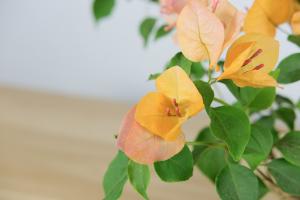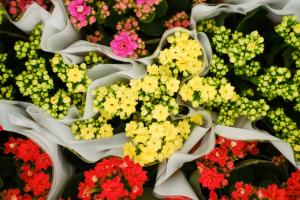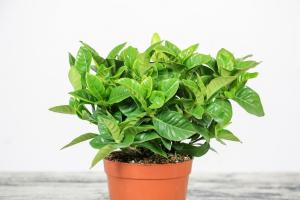1、 Curing method
1. Soil: the fertile and water friendly soil is suitable for the cultivation of Hosta flowers, and sandy loam is the most suitable. Sandy loam is very suitable for the growth needs of Hosta flower, which can make it grow better
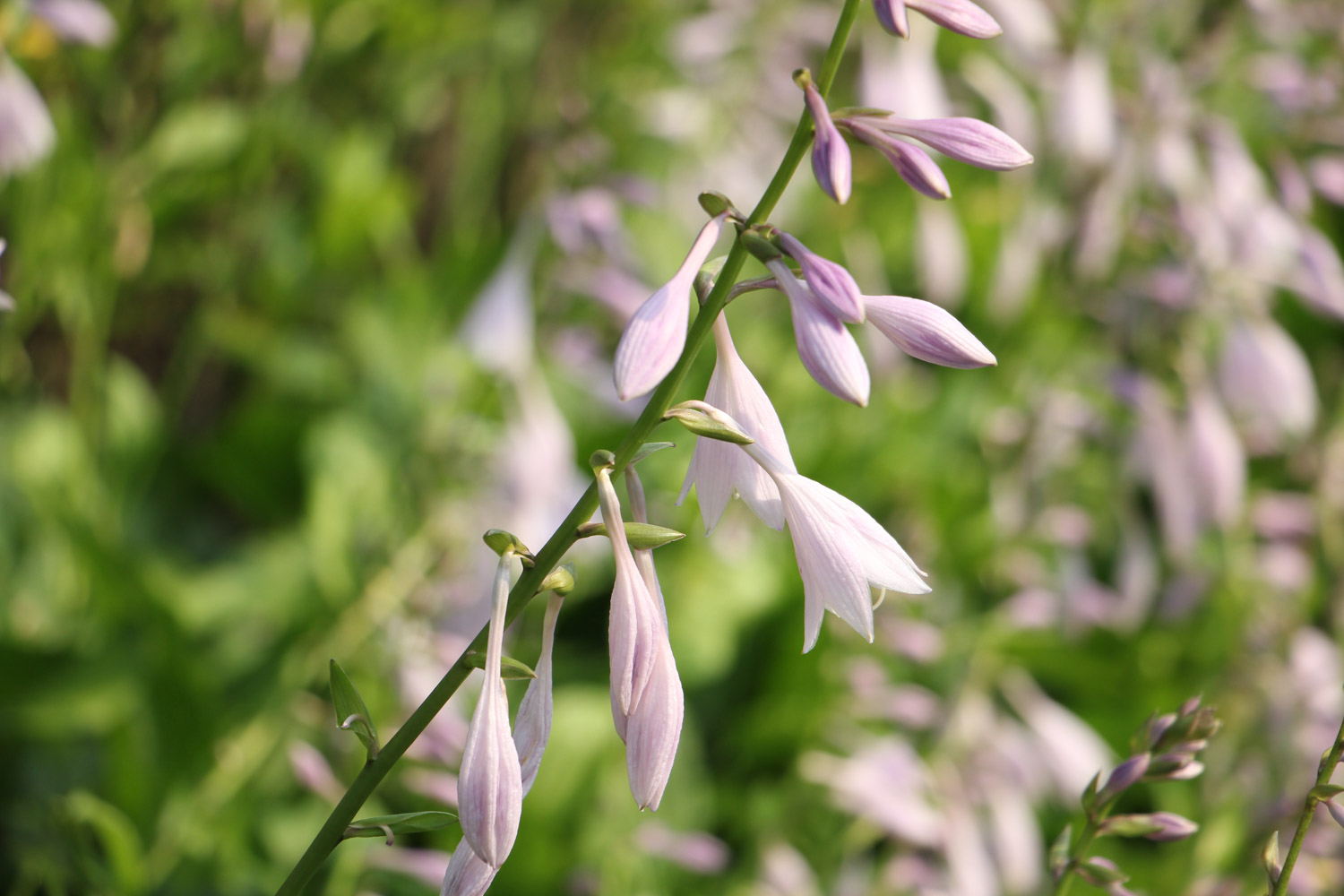
2. Moisture: Hosta likes a humid environment. Watering often can make it grow better. But don't keep water in the basin. At ordinary times, just let the soil be slightly wet
3. Nutrient: there is little demand for fertilizer at the seedling stage. It can be applied once in about half a month. When entering the flowering period, the demand for fertilizer gradually becomes more and more. You can apply fertilizer once in about seven days, and you can choose organic fertilizer
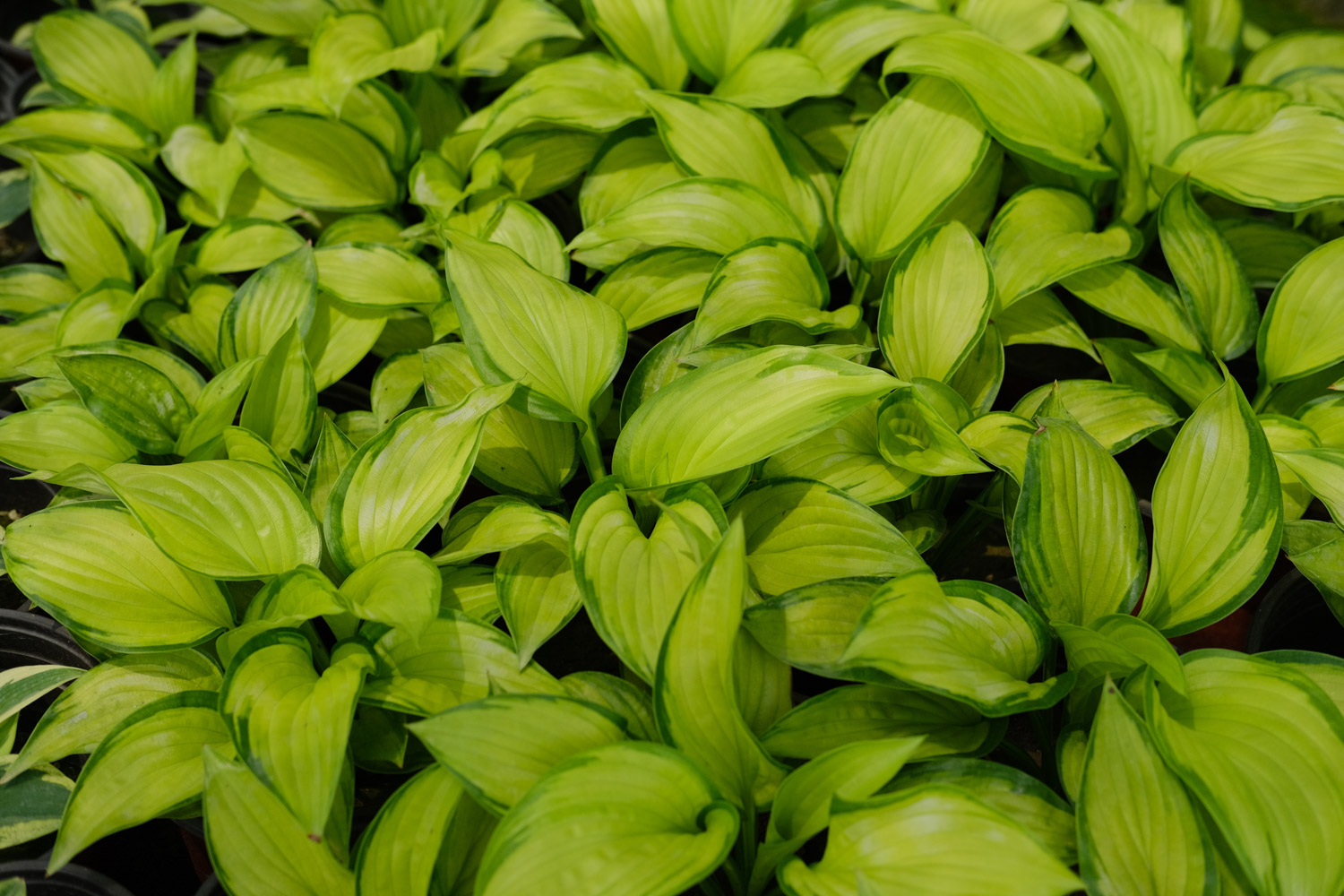
4. Light: it likes to grow in a shady environment. It is best to give it proper astigmatism at ordinary times. It is not suitable to be directly exposed to strong sunlight. Direct light will damage the leaves
2、 Breeding skills
1. Pruning: after breeding for a period of time, it should loosen the soil and trim its withered and yellow branches and leaves to make it ventilated and transparent, so that it can grow better
2. Reproduction: generally, the method of ramet reproduction is adopted, and the time is from March to April. First dig out the old plant and dry it, and then apply some charcoal powder on the incision for planting. At this time, you can sit and wait for it to sprout
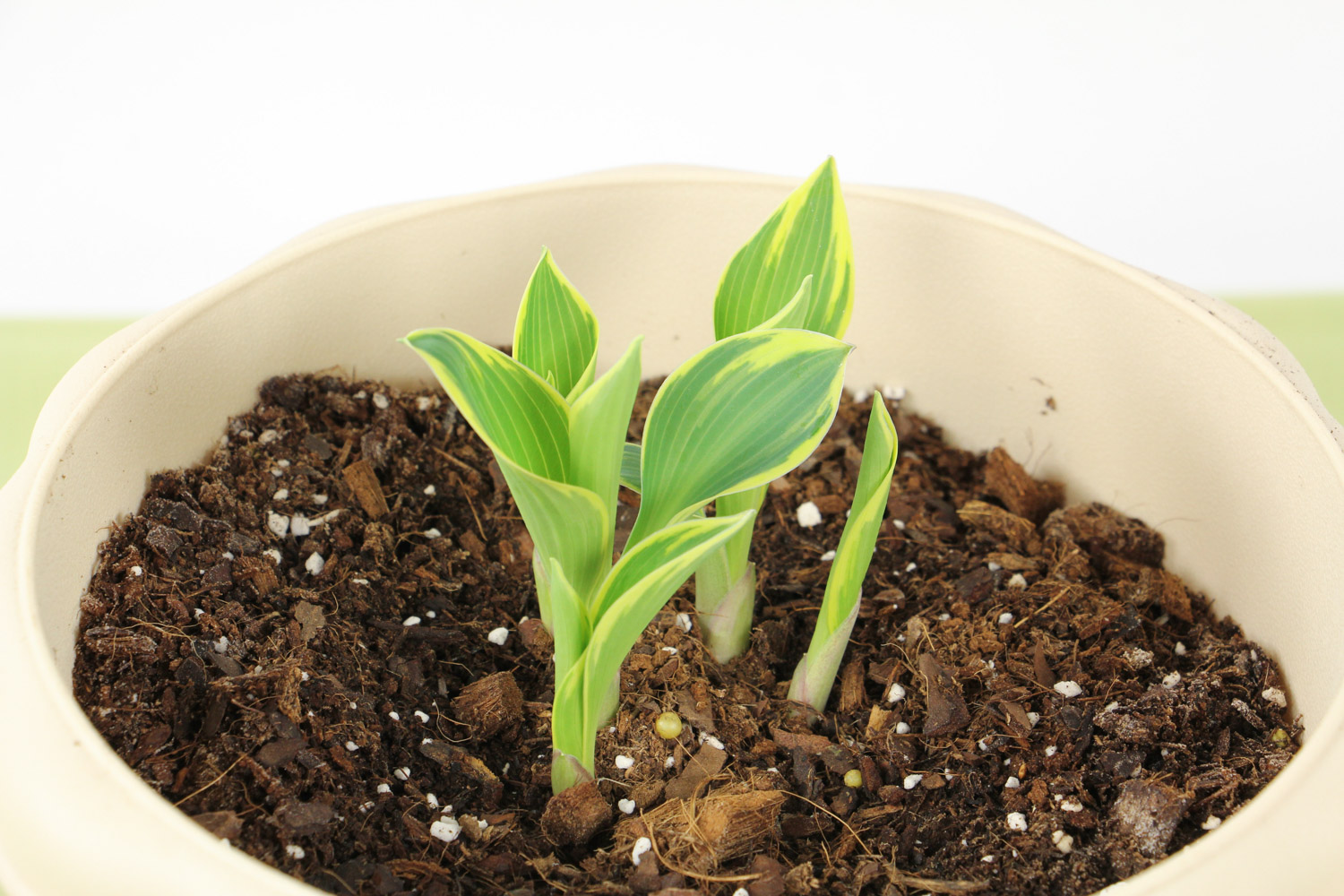
3、 Diagnosis and treatment problems
1. Spot disease: spot disease is very harmful to its leaves. In serious cases, it will cause the whole leaf to wither and turn yellow. The control method can be sprayed with diluted chlorothalonil once a week, about three times
2. White silk disease: the common disease of potted Hosta is white silk disease, which will directly damage its roots and lead to decay. It should be treated with dicosone dilution spray
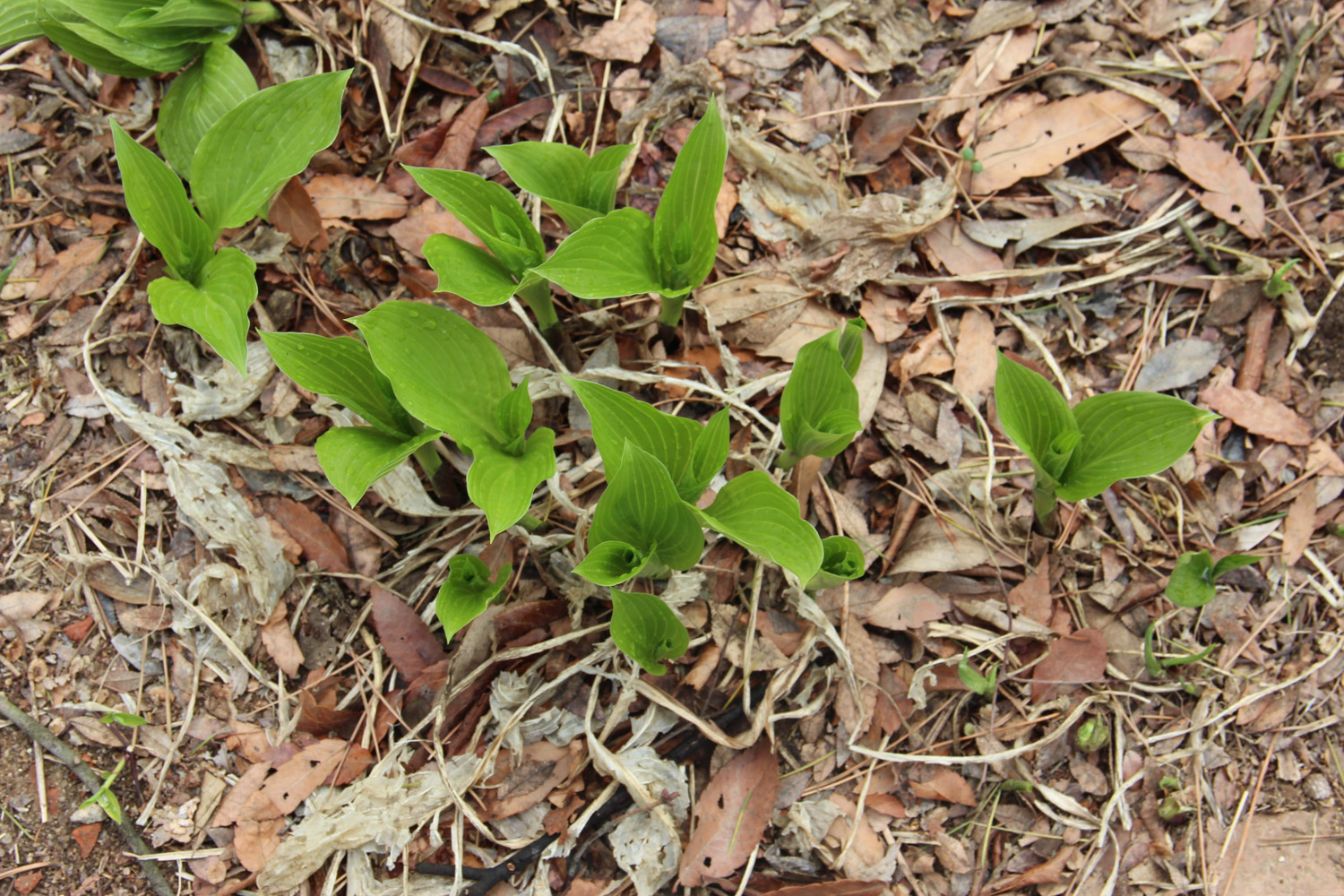
4、 Other issues
1. How to spend the winter: it is a very cold resistant plant. It will sleep in winter. At this time, it only needs to keep the temperature not lower than five degrees Celsius
2. Can you get in the rain: potted Hosta can't get in the rain. In rainy days, you should put it in a ventilated place in the house to take shelter from the rain. Rainwater stored in the basin will cause its roots to rot and affect its normal growth


 jackfruit
jackfruit snake plant
snake plant hibiscus
hibiscus hydrangea
hydrangea lavender
lavender Green roses climb al...
Green roses climb al... If you don't pay att...
If you don't pay att... Management of four g...
Management of four g...
